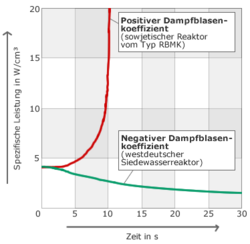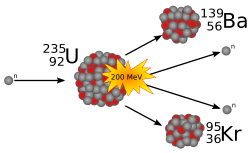3-Learning-curves-for-electricity-prices
Solar PV modules might very well follow a rapidly declining learning curve, but solar modules themselves are not what we want. We want the electricity that they produce. Does the price of solar electricity follow a learning curve?
The visualization shows the relevant data. On the vertical axis you see again the LCOE price for electricity and on the horizontal axis you now find the cumulative installed capacity. As in the solar module chart, both variables are plotted on logarithmic scales so that the line on the charts represents the learning rate for these technologies.
In bright orange you see the development for the price of power from solar PV over the last decade. The learning curve relationship that we saw for the price of solar modules also holds for the price of electricity. The learning rate is actually even faster: At each doubling of installed solar capacity the price of solar electricity declined by 36% – compared to 20% for solar modules.
Wind power – shown in blue – also follows a learning curve. The onshore wind industry achieved a learning rate of 23%. Every doubling of capacity was associated with a price decline of almost a quarter.
Offshore wind had a learning rate of 10% and is still relatively expensive – only 25% cheaper than nuclear and a bit more expensive than coal. But for two reasons experts expect the power from offshore wind to become very cheap in the coming years, larger wind turbine sizes and the fact that the consistent winds out on the sea allows higher load factors. The obvious similarity of onshore and offshore wind also means that learning effects in one industry can be transferred to the other.Relevante Bilder
Relevante Artikel
KernenergieKernenergie, Atomenergie, Atomkraft, Kernkraft oder Nuklearenergie ist die Technologie zur großtechnischen Erzeugung von Sekundärenergie mittels Kernspaltung. Diese Technologie wird seit den 1950er Jahren in großem Maßstab zur Stromproduktion genutzt. Nach anfänglicher Euphorie und großem gesellschaftlichen Konsens für die neue Technologie, kam in den 1970er Jahren die Anti-Atomkraft-Bewegung auf und die Kernenergie ist seitdem eine der gesellschaftlich umkämpftesten Industrietechnologien überhaupt. Zu den Vor- und Nachteilen der Kernenergie gibt es unterschiedliche Ansichten, insbesondere wird ihre Sicherheit kontrovers diskutiert. Betrachtet man alle bisherigen Todesfälle, gehören Kernkraftwerke zu den sichersten Mitteln zur Stromproduktion. Von Kritikern wird die grundlastfähige und kohlenstoffarme Kernenergie im Hinblick auf den Stopp des Klimawandels als zu langsam verfügbar und, im Vergleich zu einer Mischung aus Solar-, Wind-, Wasser- und Speichersystemen, als zu teuer gesehen. Befürworter hingegen sehen die Kernenergie als wichtige Säule beim Klimaschutz unter Aufrechterhaltung einer sicheren und bezahlbaren Stromversorgung. .. weiterlesen




















